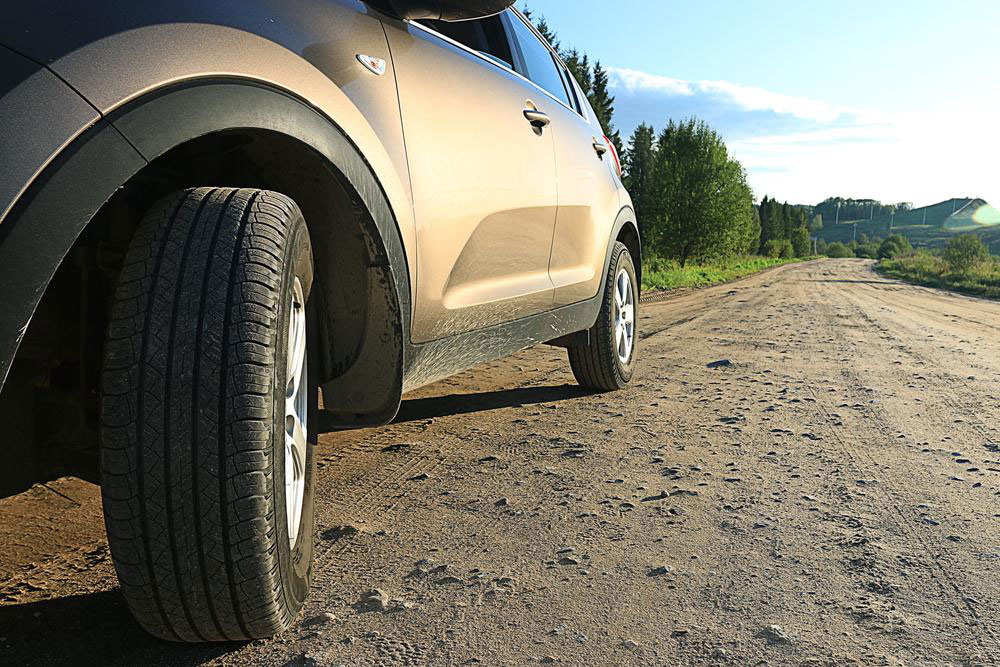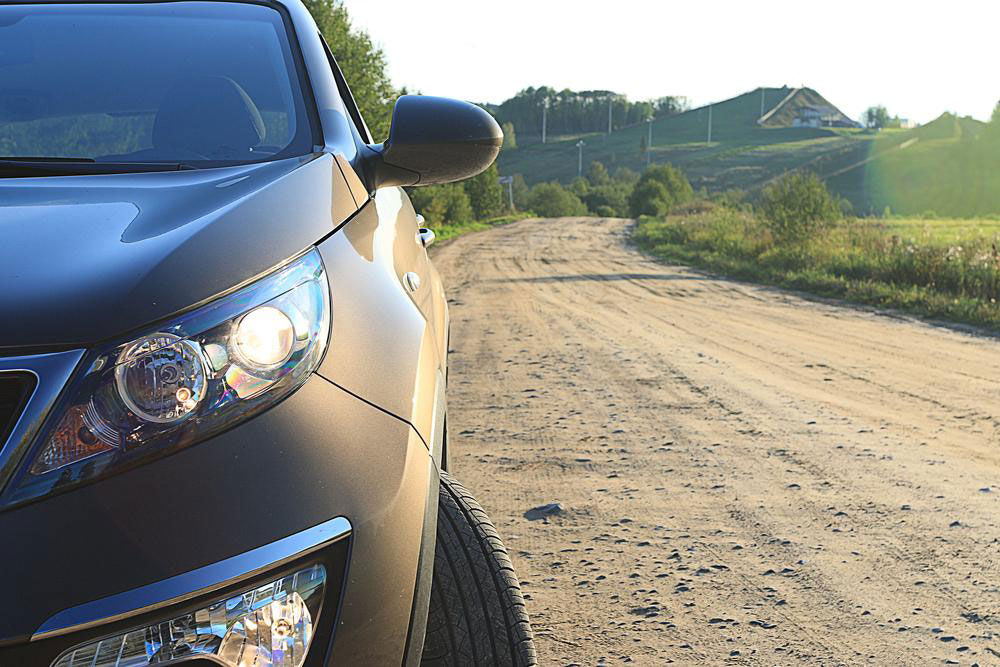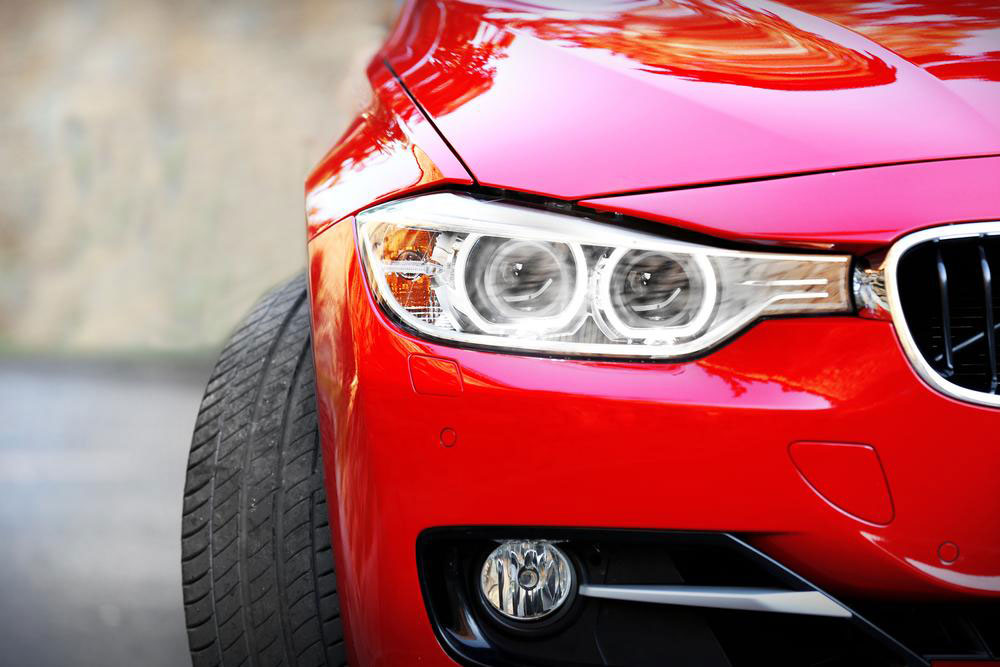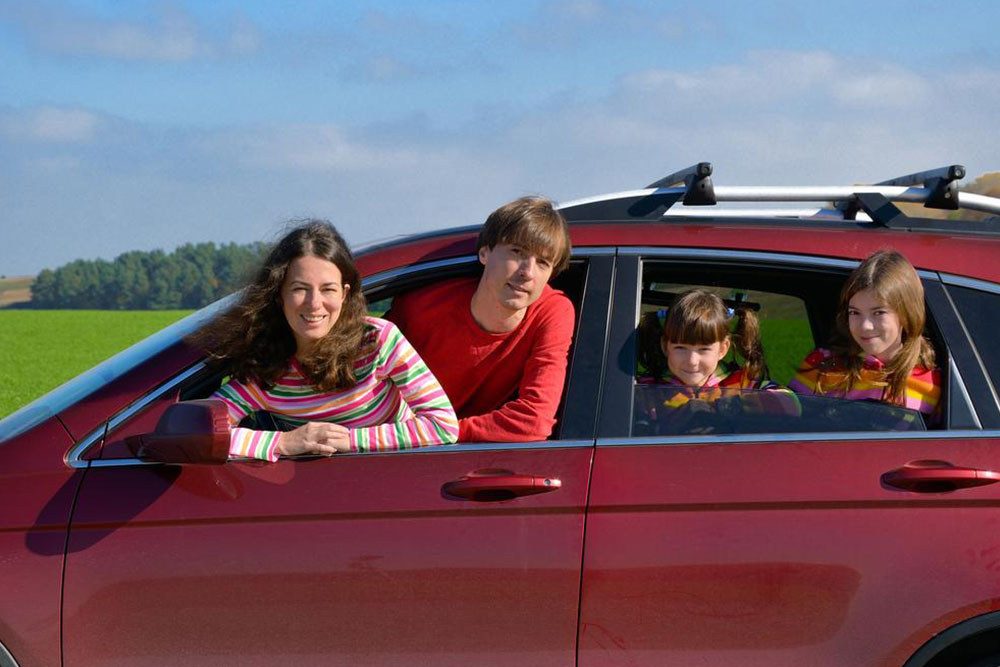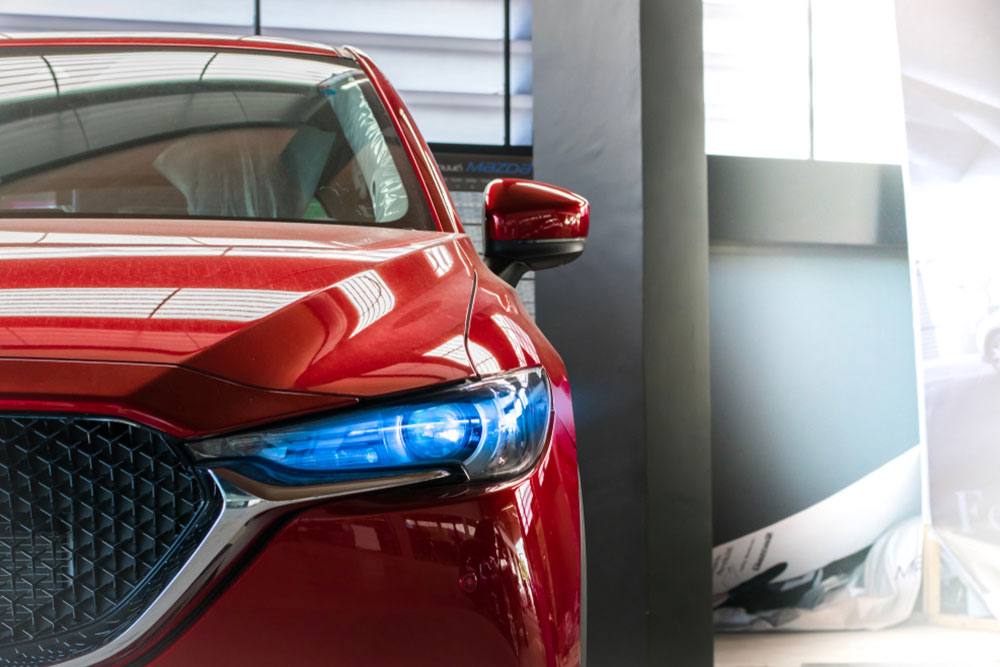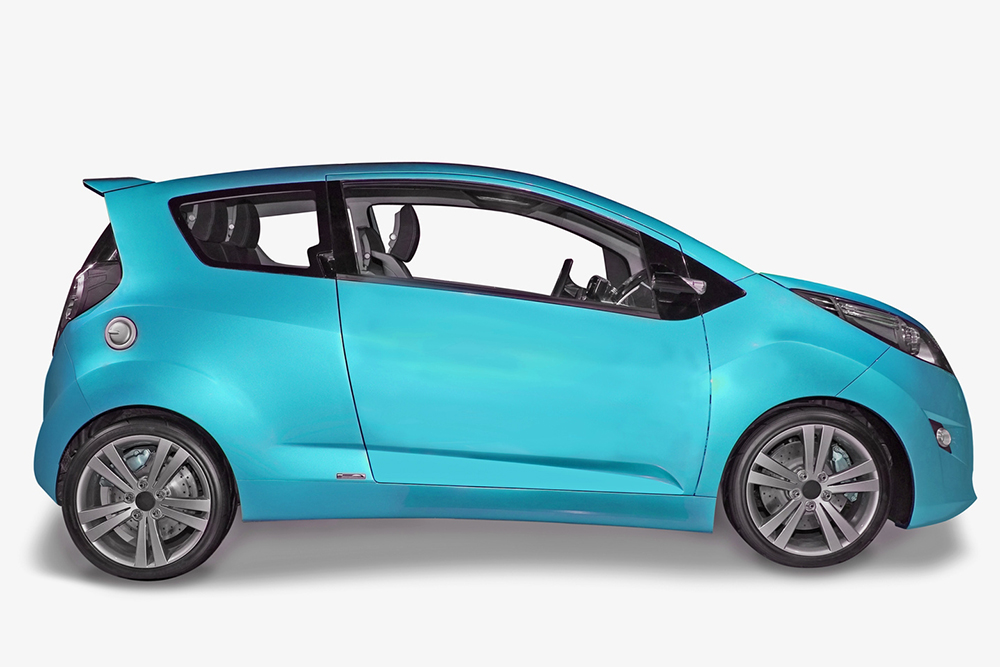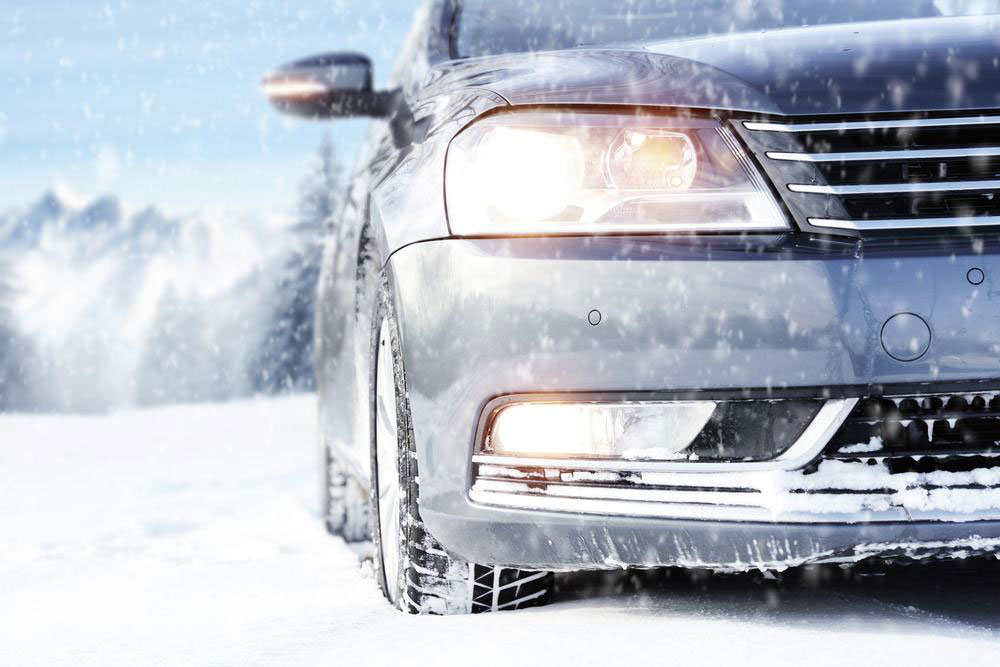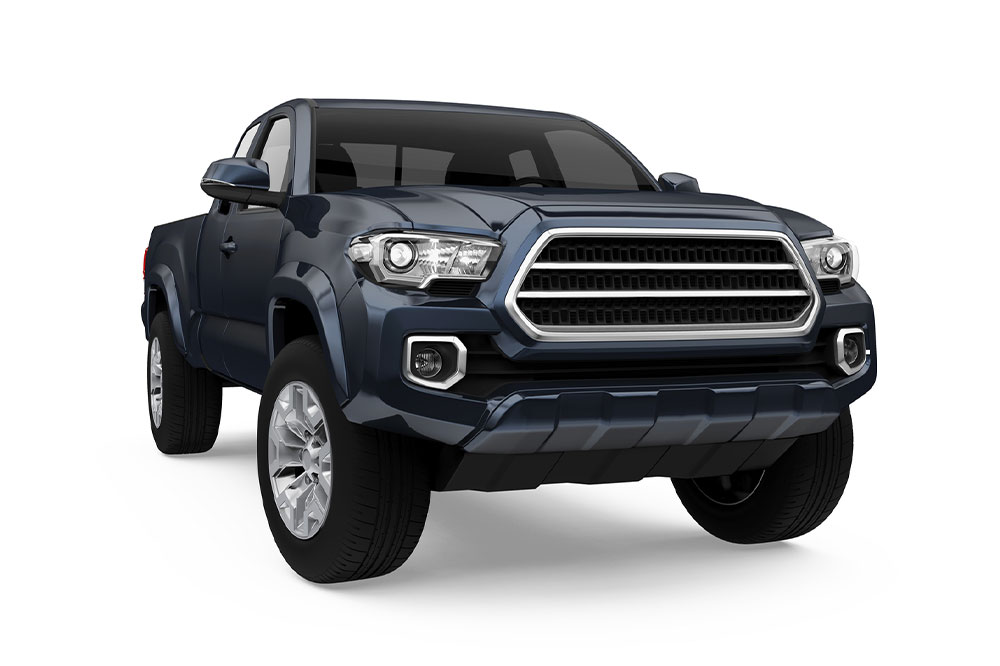Top Benefits of Choosing a Mid-Size SUV
Discover the key advantages of opting for a mid-size SUV, including versatility, comfort, increased cargo space, and off-road capabilities. These vehicles combine practicality with stylish design, appealing to a wide range of drivers. The article compares top models, explains why they are popular, and offers insights into features and benefits suitable for family or recreational use. Whether for daily commuting or weekend adventures, mid-size SUVs provide an ideal balance of performance, space, and value, making them a smart choice for many car buyers.
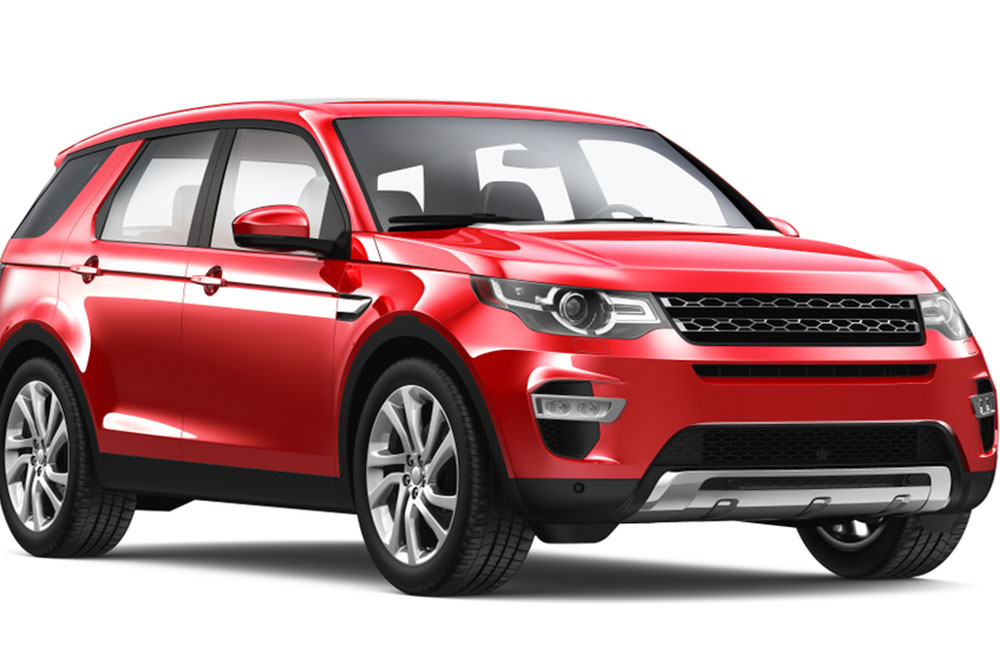
Top Benefits of Choosing a Mid-Size SUV
Mid-size SUVs are favored for their overall value, practicality, comfort, and enhanced maneuverability with improved fuel economy. Widely available from numerous car manufacturers, they offer a variety of options suited to different needs. Since features differ across models, buyers should conduct thorough research, read reviews, compare choices, and set a budget before making a decision. Priced around $45,000, many models combine traditional V6 engines with modern turbo-4 options, appealing to a broad audience due to their stylish exteriors and well-equipped interiors.
These vehicles include the dynamic Ford Edge, the value-oriented Hyundai Santa Fe Sport, the rugged Jeep Grand Cherokee, the sleek Kia Sorento, and the luxurious Nissan Murano. Despite its last-place finish, the Opelss and other models provide excellent features. For instance, the Jeep Grand Cherokee, with its robust V6 engine and upscale interior, costs about $44,760 and handles off-road conditions effectively, offering both comfort and storage space.
Reasons to Choose a Mid-Size SUV
Versatile cargo space, ideal for a variety of needs
A higher driving position than typical cars for better visibility
Enhanced towing capacity suitable for recreational and work purposes
Available in models with three rows of seats to accommodate larger families
With options like all-wheel drive and four-wheel drive, mid-size SUVs deliver extra traction in tough conditions and some off-road capability. However, their height and weight make them less nimble than passenger cars, meaning they may respond more slowly in emergency maneuvers. Generally, their additional weight results in lower fuel efficiency compared to smaller vehicles, but they remain a practical alternative for many drivers seeking space and capability.

